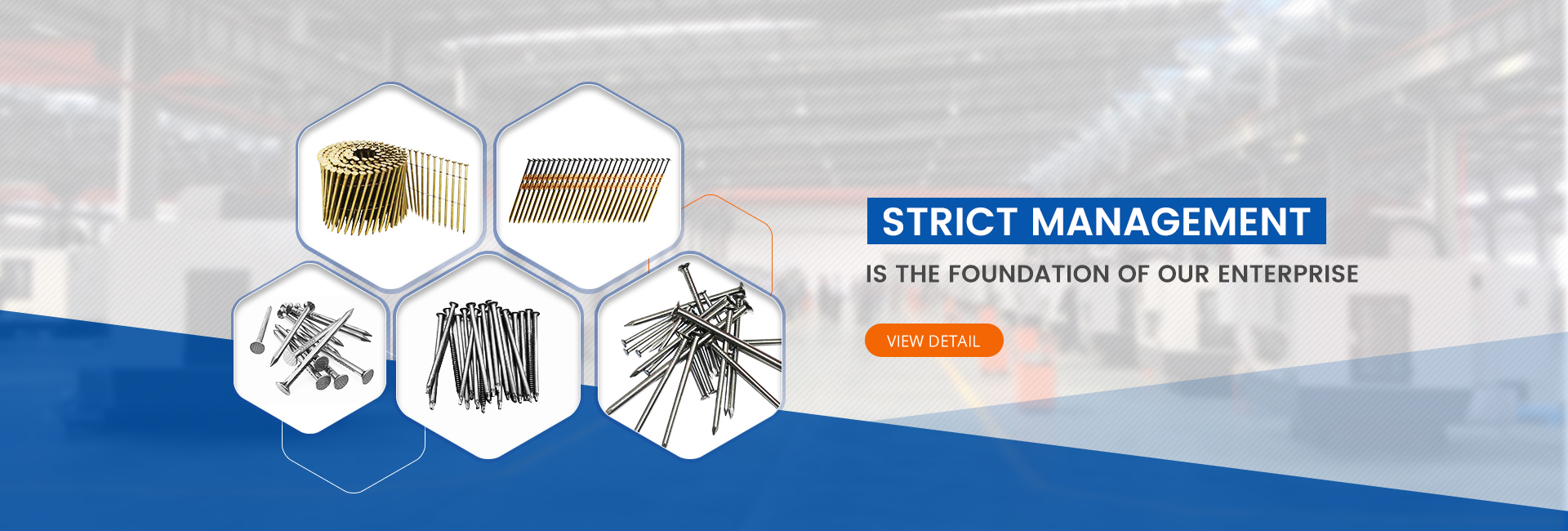In the global fastening industry, the 8008 staple has emerged as one of the most widely used fine wire staples in light manufacturing, furniture production, and interior finishing. As markets shift toward more precise, aesthetically clean, and time-efficient fastening solutions, demand for high-performance small-crown staples such as the 8008 is steadily rising.
Traditionally, the 8008 staple has been a staple (pun intended) in furniture back paneling, drawer assembly, and upholstery. With furniture exports from Asia and Eastern Europe increasing year over year, manufacturers are prioritizing fasteners that offer reliability, minimal material damage, and adaptability to different wood types. The 8008’s small leg length and narrow crown make it ideal for securing softwood and plywood panels without causing surface cracks or fiber breakage.
With the proliferation of pneumatic staplers and semi-automated assembly lines, staples like the 8008 have seen increased consumption in mass production environments. Factories favor this size because it ensures fast, repeatable performance with minimal misfires or jams. Automation-friendly design also allows for high-speed feeding and lower tool maintenance. As more manufacturers in Southeast Asia and South America modernize their production processes, demand for consistent and compatible staples like the 8008 is expected to climb.
In response to evolving usage scenarios, 8008 staples are now offered in multiple finishes—mainly electro-galvanized for indoor applications and stainless steel for outdoor or high-humidity environments. Industry reports show a growing preference for stainless steel staples in coastal markets or high-end furniture due to their corrosion resistance and superior appearance. Though stainless staples are costlier, buyers increasingly accept the trade-off in exchange for long-term performance.
Environmental regulations and a growing focus on sustainability have also shaped how 8008 staples are manufactured and used. As more factories shift toward minimizing wood waste and energy consumption, fine staples like the 8008 that require less penetration force and create cleaner joints are seen as more eco-friendly. Additionally, recyclable packaging and precision wire collation are becoming standard for responsible suppliers.
Following disruptions caused by COVID-19 and geopolitical tensions, buyers now place more emphasis on the stability of their staple supply chains. As a result, manufacturers with integrated production—from wire drawing to staple forming and collation—are gaining preference.
Post time: Jun-05-2025



